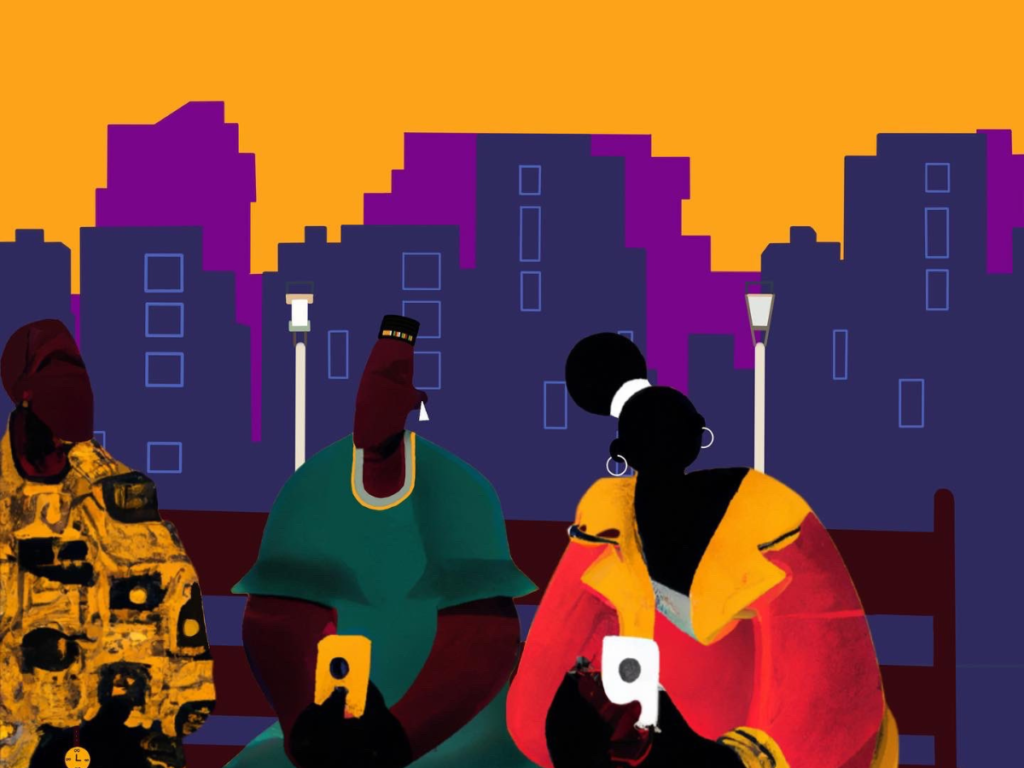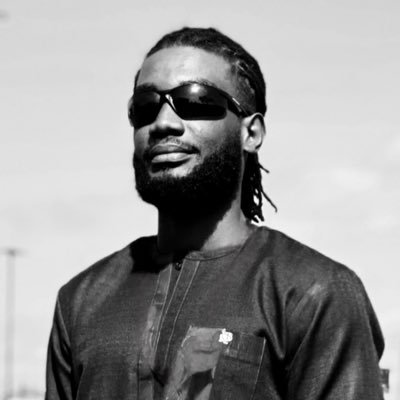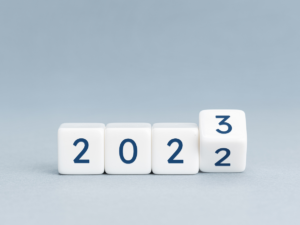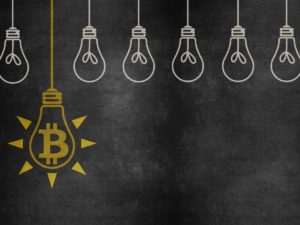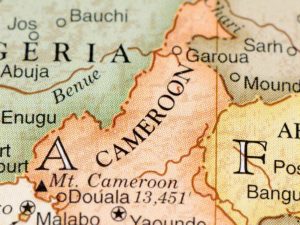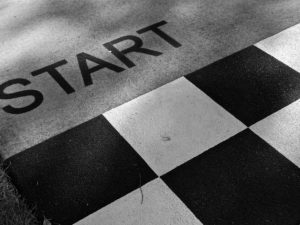Ghana’s BashBash is a man who wears many hats. Aside from being an active member in the African NFT space, he works as a developer at a fintech and is passionate about the intersection of technology and art. In this interview, he spoke to us about his work with a pioneering VR company, his AR project, Kalabash, and how blockchain projects that are pursuing an Africa strategy can attract talented developers. Cover: Greetings From Abroad by BashBash.
SM: I saw you recently went to Lagos, how was your experience?
BB: I was there for work. Nigeria is the first African country I’ve been to outside my home country of Ghana. I found Lagos to be quite similar to Accra and so I’m looking forward to getting outside West Africa and seeing other parts of the continent. As an African creator, it’s important for me to get a feel for the other regions.
SM: How would you describe BashBash to people who haven’t encountered your work before?
BB: I consider myself an African knowledge and wisdom seeker. Almost everything I do, whether its coding, art or directing video, in the back of my mind, I’m always thinking about how those tools can be used to transform Africa.
I think in Africa we have a big opportunity in the creative space. We can’t compete with other economies on the factory or hardware level yet. But on the creative level, we can all play the same game, especially since it’s getting easier to distribute content.
SM: When you say that, Burna Boy immediately comes to mind as an example. I’ve been impressed by how well-received his music has been outside Africa.
BB: Definitely.
SM: You work as a developer?
BB: Yes, that’s my day job. I’m a full stack software engineer at a fintech based in the US. It’s a really cool job and I find it rewarding. Our service helps local businesses gain access to funds to scale and grow in Africa.
I’ve been doing it for half a decade. When I went to university, I originally planned to study pure Computer Science, but I ended up adding a Business Administration minor because I felt like the business students were more lively.
I have found having both a technical and business background is really beneficial. It’s great to not have to go out and hire a developer when exploring the viability of projects.
SM: It’s funny how business students are usually the rowdiest crowd on campus no matter where you are in the world. Can you tell us how your journey into art started?
BB: Funnily enough I got into art through coding. I discovered virtual reality (VR) in my final year of university. We had a start-up on campus called NubianVR and they were the first VR start-up in Africa.
SM: I just looked them up, I see they won a UNICEF Innovation Grant?
BB: Yes. I helped to design and build the prototype that received the award. Until I met the NubianVR team, VR seemed like science fiction to me. They gave me a headset and taught me how to create content. I became their developer since they were not doing any programming.
After that, my dad got me a 360 camera.
SM: What’s a 360 camera?
It’s a type of camera that takes an immersive capture of the environment, and you can experience your environment in VR. Once I had one, I was always walking around with it and my monopod.
I would say I made the transition to creating art when I started augmenting the photos I took to bring them to life. For example, I would create a VR experience where I would add dinosaurs fighting each other in the main courtyard of my school.
SM: How did you make the jump from VR into making NFTs?
BB: After university, I got involved with taking 360 shots of art gallery exhibitions. If somebody had an exhibition, I would go and take 360 shots so they could share it with people who couldn’t attend.
Before the pandemic, my friend was working for a popular Ghanaian artist called ArtSoul Kojo. I would experiment with displaying his art in 3D galleries and that got me more involved with the art scene.
In 2021, ArtSoul Kojo held an exhibition at Gallery 1957, a big gallery in Accra, and we took 360 experiences of his exhibition. Do you want to see it? I just sent the link to your phone.
SM: Wow, this is cool. I’m walking around Gallery 1957 on my phone!
BB: So that exhibition was called History of Ghana. After this, I realised I wanted to be an artist and a creator. Being around artists, I learnt about Web3 and that eventually set me on the path to making NFTs.
SM: Ok so I just viewed ArtSoul’s exhibition at Gallery 1957 on Kalabash. What is that exactly?
BB: Kalabash is an app where you can experience art in augmented reality (AR). I started it when I did ArtSoul’s work. The end goal is that NFT artists will be able to share their work in AR. I have partnered with AfroSpiritArt and a collective of fellow African creators to build the app into a full project.
SM: Ok so now you have mentioned AR, but before you were talking about VR. Can you explain the difference between the two for those who may not be as familiar with the terms?
BB: AR is a very useful technology which enhances experiences in our physical environment with digital assets and information. In an AR world, you would still see and experience your immediate surroundings but with the digital world merged with it. VR, on the other hand, teleports you into an entirely unique world which is virtual and separate from your physical one.
test run #Metaverse #XR #NFTs pic.twitter.com/ISxS8HxWyi
— Kalabash (@kalabashapp) May 27, 2022
SM: What are the biggest differences in the NFT space now vs a year ago?
BB: The sense of community was definitely a lot stronger during the bull market. “We’re All Gonna Make It” (WAGMI) and all that. I feel like WAGMI is at an all-time low right now.
SM: That’s bear markets for you, they really suck the life out of everything. When the bounce eventually comes, I’m always amazed at how all the infrastructure that seemed dead suddenly springs back to life.
BB: I think one of the reasons I’m handling the bear market well is because VR has always been in a bear market. I’ve only ever known the bear market life.
SM: That’s funny. What advice would you give to people coming into NFTs, knowing what you know now?
BB: You need to love the art. If it’s just about making money or gaining clout, you will get really frustrated. We are still very early and there are not many people in this space yet. The person that loves your art enough to buy it hasn’t even entered the NFT space yet and still thinks it’s a scam. You just need to keep creating content so that when the audience comes, you are there ready to meet that demand.
SM: We’ve seen a number of blockchain projects making a big push to attract African developers to build in their ecosystems. As someone who fits the profile of people they are trying to attract, what advice would you give them?
BB: To attract top talent, you need to make them feel like stakeholders in what you are building. I think Nigerian fintech companies have been really good at cultivating that sense in their employees. People need to feel like what they are building is going to make Africa shine and a winner in this space. That’s how you get more African developers to participate in Web3.
DSGN (2022)https://t.co/6AXQt2waaC pic.twitter.com/YtDlt49oif
— BashBash, the Scientist☀️ (@davidbash) July 9, 2022
SM: That’s interesting. I think many would assume money would be the key driver. But you are saying purpose can be powerful too?
BB: Yes, people want to be part of the story of the turnaround of Africa.
SM: What are the developments in the NFT space that excite you? Is there anything that folks who are not as technical should be looking out for?
BB: My app Kalabash.
SM: Obviously. Anything else?
BB: I feel that people are not paying attention to AR enough. They think it won’t be as big as VR, but it will be the opposite. AR is going to be all around you.
Also, have you heard of Manifold?
SM: No, what’s that?
BB: I came across them through an interview they did with Gary Tan. When you mint your artwork with Manifold, it’s on your own the smart contract. They also enable NFT creators to add different types of functionalities to their NFTs, like airdrops, mutations, redemptions and so forth. It’s too much to explain here, but I’d encourage anyone who is curious about what could be next for NFTs to look at what Manifold is doing.
SM: What do you think is the NFT opportunity in the African context?
In Africa we have a deep oral tradition. I think there is an opportunity to make our oral stories more tangible. For example, there is a Ghanaian artist called Kofi Obuobi and he has this project on 3D African masks. He researched the different types of masks across the continent and modelled all of them. He added the stories and origins of each mask to the artwork itself, meaning when you go to the artwork, you see the story and learn about the people connected to each mask.
And that’s something that I feel is very powerful. This serves as a repository. In the future, any student or movie studio can reference this body of work, maybe collect it or use it in their work.
SM: BashBash, this has been an enlightening conversation, thank you for sharing your story.
Previous articles in the Africa Crypto Spotlight series can be found here. If you enjoyed this article, consider subscribing to our weekly newsletter, where you can find more analysis on developments in the African crypto space.

